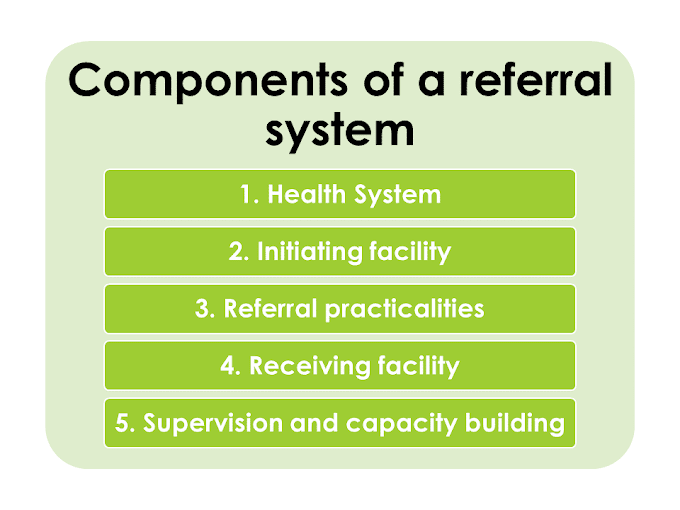What is Developmental Dysplasia of the Hip?
Disorders related to abnormal development of the hip that may develop during fetal life, infancy or childhood, in this disorder the head of the femur is seated improperly in the acetabulum or hip socket of the pelvis. It occurs when the head of the femur is still cartilaginous and the acetabulum (socket) is shallow, as a result, the head of the femur come out of the hip socket.
Developmental dysplasia of hip may affect one or both hips, but it's more common in the left hip. It's more common in firstborn children and in girls baby.
Degree of developmental dysplasia of the hip
1. Ace tabular Dysplasia (Preluxation)
- Mildest form, Neither subluxation nor dislocation.
- Delay in acetabular development occurs.
- Femoral head remain in acetabulum.
2. Subluxation
- Incomplete dislocation of the hip; femoral head remain acetabulum.
- Stretched capsule and ligamentum teres causes head of the femur to be partially displaced.
3. Dislocation
- Femoral head loses contact with acetabulum and is displaced posteriorly and superiorly over fibro cartilaginous rim.
- Ligamentum teres is elongated and taut.
Cause:
- Breechdelivery
- Fetal position in utero
- Genetic predisposition
- Laxity of the ligaments.
- Most commonly seen occur in firstborn baby and in female child.
Signs & Symptoms of Developmental Dysplasia of the Hip
1. Neonates:
- Laxity of the ligaments around the hip is present in newborn.
- Shortening of the limb on the affected side (Galeazzi Test/Allis sign)
- Restricted abduction of the hip on the affected side when the infant is placed supine with knees & hips flexed.
- Unequal gluteal foods.
3. Older infant & child
- Affected leg is shorter than the other.
- Head of the femur can felt to move up and down in the buttock.
- Greater trochanter is prominent.
- Positive Trendelenburg’s sign.
Diagnosis
Doctor find out developmental dysplasia of the hip in child by:
- Ortolani's test: (Present clunking sensation)
- Barlow's sign present
- Trendelenburg’s test positive.
An ultrasound uses sound waves to make pictures of the baby's hip joint commonly use below 6 months old baby. X-ray is performed in babies older than 6 months.
Treatment
Treatment of developmental dysplasia of hip begins soon after birth. The goal of care is to get the ball of the hip in the socket and keep it there, so the joint can grow normally.
- Birth to 6 months of age: Splinting of the hips with a Pavlik harness to maintain flexion and abduction & external rotation.
- Age 6-18 months: Gradual reduction by traction followed by close & open reduction. The child placed after reduction on hip spica cast for 2-4 months & then flexion- abduction brace is applied for 3 months.
- Older child: Operative reduction and reconstruction of hip joint is usually required.





0 Comments